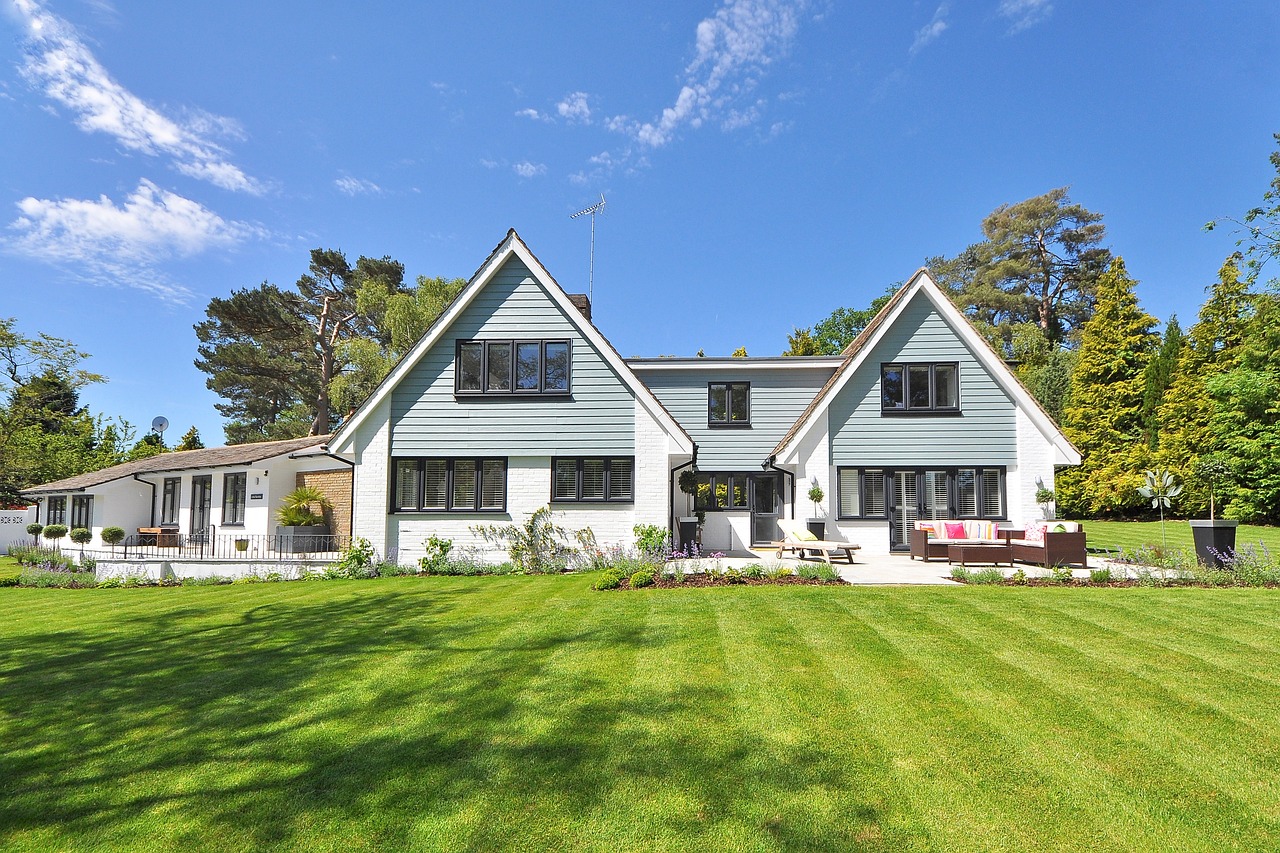In the ever-evolving landscape of real estate, strategic decision-making is paramount for both buyers and developers. The current market, influenced by high interest rates and a reluctance to sell homes with favorable mortgages, has underscored the importance of new construction homes. These homes not only address the issue of low inventory but also offer a potential solution to the challenges posed by inflation and rising costs in the industry.
1. Navigating Interest Rates:
With interest rates on the rise, potential homebuyers are hesitating to let go of their existing homes with mortgages below 5 or even 4 percent. According to a report by Redfin, 91% of homeowners have a mortgage rate under 6%, while roughly 82% have a mortgage rate under 5%, and surprisingly still 62% of existing mortgages in America are less than 4%. This trend incentivizes homeowners to stay put, contributing to the shortage of available houses in the market.
2. Low Inventory Challenge:
The persistent problem of low housing inventory is driving up competition and prices. The National Association of Realtors and Realtor.com shows us a consistent decline in inventory on the market for the past 5-10 years, and even though we have seen a slight increase in active listings over the past couple of months, the data reports a decrease in new listings year-over-year in that same period of time. This means that there are no new homes coming to market, and nobody is interested or able to purchase what is currently available. This scarcity is pushing developers to explore new avenues, with new construction homes emerging as a promising solution.
3. Affordability Concerns and Inflation:
The affordability crisis in the housing market has been further exacerbated by inflation in both material costs and real estate values. Lumber prices, for instance, soared to unprecedented levels in recent times, greatly affecting construction expenses. Even though The National Association of Home Builders has reported a cooling of inflation, we have yet to see a decrease in the prices even remotely close to the prices developers were paying prior to 2020. This challenge opens up a discussion about alternative housing solutions.
4. The Rise of “Tiny Homes”:
As we grapple with the limitations posed by inflation, the concept of “tiny homes” is gaining traction as an innovative response. These compact living spaces offer an opportunity to build affordable houses with less material and space requirements. With creative design and efficient space utilization, tiny homes not only reduce construction costs but also address the changing preferences of a younger, more sustainable-conscious demographic.
Overall the current real estate climate, marked by high interest rates, low inventory, and affordability concerns, emphasizes the importance of new construction homes. Builders have a unique opportunity to cater to the evolving market dynamics by exploring creative solutions like tiny homes. As the industry adapts to these challenges, new construction homes and innovative housing concepts may well pave the way for a more sustainable and accessible housing market.
Sources:
[Redfin – Nearly Everyone With a Mortgage Has an Interest Rate Below 6%, Prompting Many to Stay Put] (https://www.redfin.com/news/high-mortgage-rates-lock-in-homeowners-2023/)
[National Association of Realtors – June 2023 Existing-Home Sales Drop as Low Inventory Influences High Home Prices] (https://www.nar.realtor/blogs/economists-outlook/june-2023-existing-home-sales-drop-as-low-inventory-influences-high-home-prices)
[FRED – Housing Inventory: New Listing Count Year-Over-Year in the United States] (https://fred.stlouisfed.org/series/NEWLISCOUYYUS)
[FRED – Housing Inventory: Active Listing Count in the United States] (https://fred.stlouisfed.org/series/ACTLISCOUUS)
[National Association of Home Builders – Is Inflation Cooling? Building Material Prices Indicate Yes] (https://www.nahb.org/blog/2023/07/Eye-On-Housing-Inflation-Cooling)




